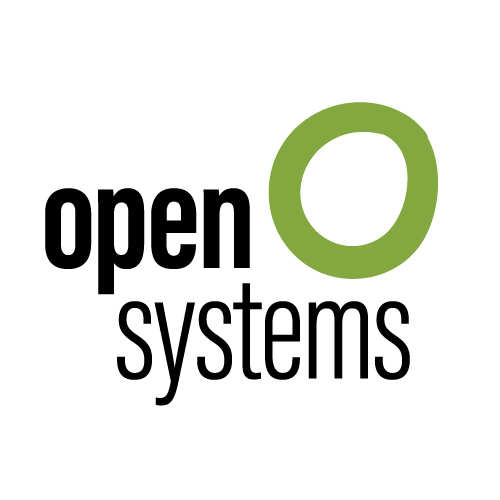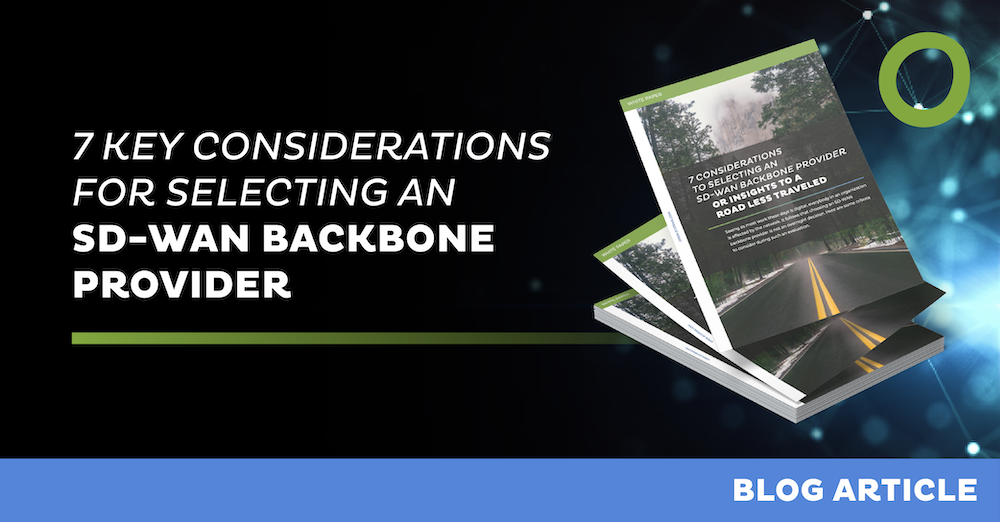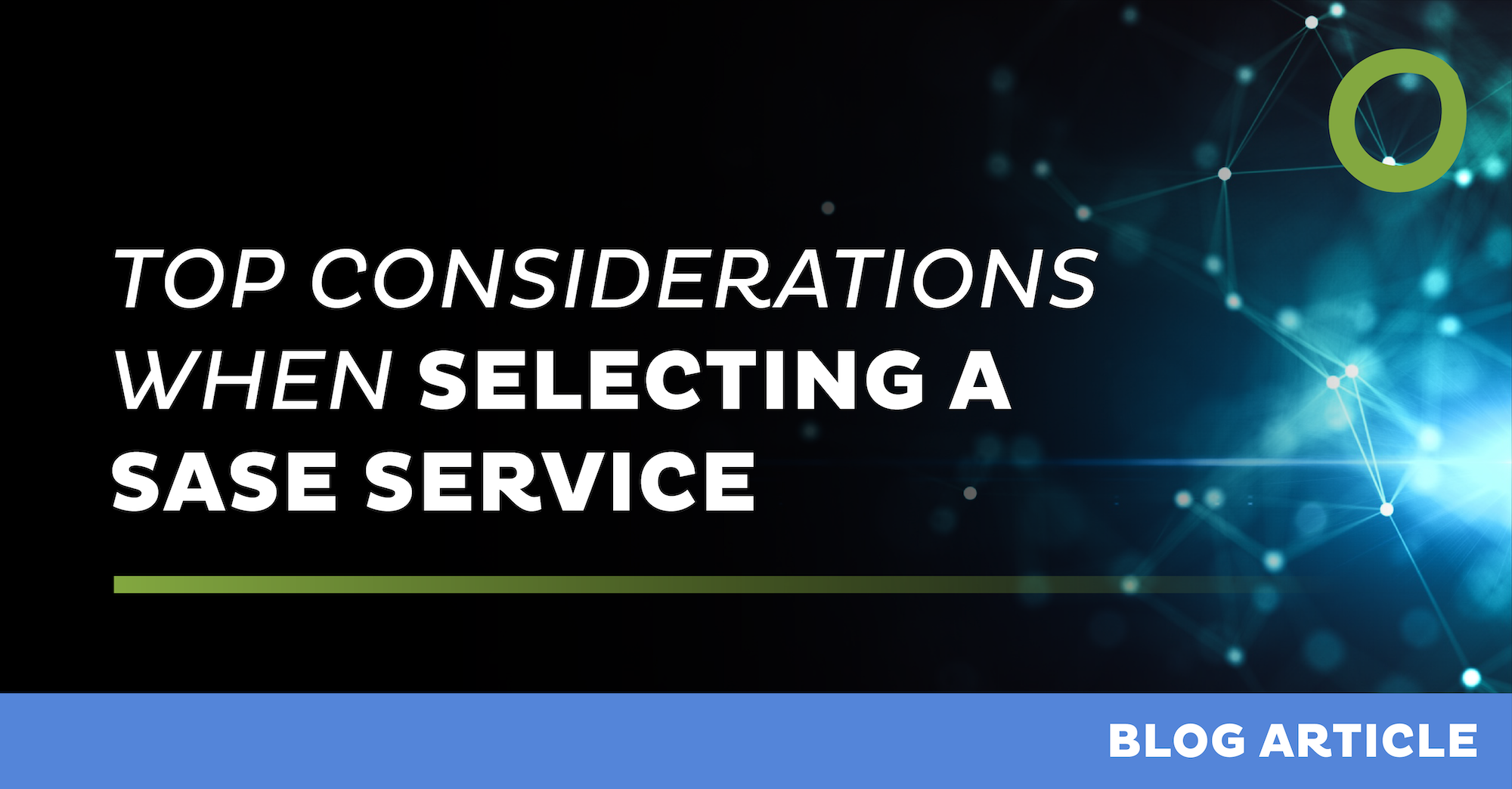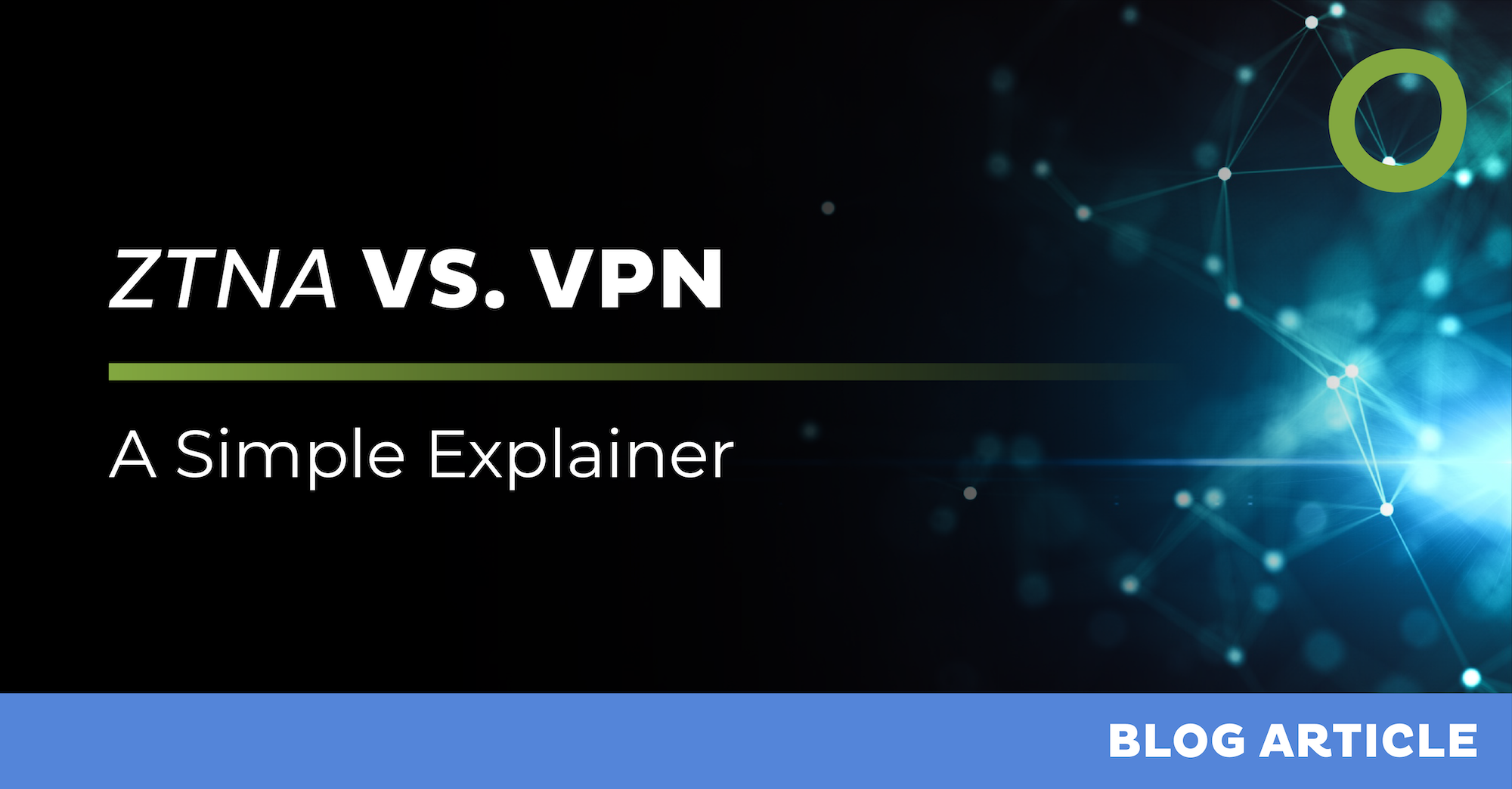
7 Key Considerations for Selecting an SD-WAN Backbone Provider


In today’s digital-first world, the backbone of an organization's network can make or break its operational efficiency. With the rise of Software-Defined Wide Area Network (SD-WAN) technology, selecting the right backbone provider has become a critical decision. This whitepaper from Open Systems lays out seven essential considerations to guide your choice, ensuring your network is reliable, secure, and performant.
1. Location Matters
Assess Your Geographic Footprint Understanding the geographic distribution of your sites is the first step in choosing an SD-WAN backbone provider. Whether your operations are regional, inter-regional, or global, the provider must offer robust connectivity tailored to your needs.
- Regional Operations: Opt for local providers familiar with regional connectivity nuances.
- Cloud Traffic: Ensure support for larger bandwidths with tier-1 providers.
- Global Operations: A global SD-WAN backbone minimizes dependency on unreliable middle-mile providers and ensures high-speed, business-critical connections.
2. Application Landscape
Prioritize Business-Critical Applications
Determine which applications are crucial for your business and ensure they perform optimally across your network. A suitable SD-WAN backbone should support seamless connectivity for site-to-site transfers, cloud applications, and specific regional requirements like those in China.
3. Sites in China
Navigate Regulatory and Performance Challenges
Connecting sites in China requires compliance with local regulations and overcoming the Great Firewall’s restrictions. Choose an SD-WAN backbone provider capable of ensuring high performance and reliability while adhering to Chinese laws.
4. Flexibility and Resilience
Prepare for Rapid Expansion and High Availability
Your provider should enable fast connection of new sites, user locations, and cloud applications. Additionally, they must offer high availability and robust recovery processes to minimize downtime and maintain business continuity.
5. Service Level Agreements (SLAs)
Understand and Negotiate SLAs
SLAs are critical for ensuring network performance and reliability. Key aspects to evaluate include PoP availability, quality of PoP-to-PoP connections, and comprehensive end-to-end SLAs, especially for hybrid deployments.
6. Operations Capabilities and Resources
Evaluate Operational Expertise
A provider’s operational capabilities are paramount. Ensure they have the necessary expertise to manage and troubleshoot complex connectivity issues, thereby maintaining network stability and performance.
7. Foundation for SD-WAN
Harmonize Underlay and Overlay
The SD-WAN backbone should seamlessly integrate with the SD-WAN overlay, ensuring fast, reliable, and secure connectivity. This includes efficient VPN tunneling, direct site-to-site routing, and optimized bandwidth management.
Summary
The slowest link in your network dictates the overall performance and user experience. Investing in a robust SD-WAN backbone is crucial for ensuring smooth and reliable network traffic flow, allowing you to focus on your core business.
Learn More
For a comprehensive solution that connects you globally and ensures reliability, performance, and compliance, consider the Open Systems SD-WAN Backbone. With over 500 Points of Presence (PoPs) and world-leading SLAs, Open Systems delivers a superior user experience with their SASE platform.
Leave Complexity
Behind
To learn how Open Systems SASE Experience can benefit your organization, talk to a specialist today.
Contact Us



